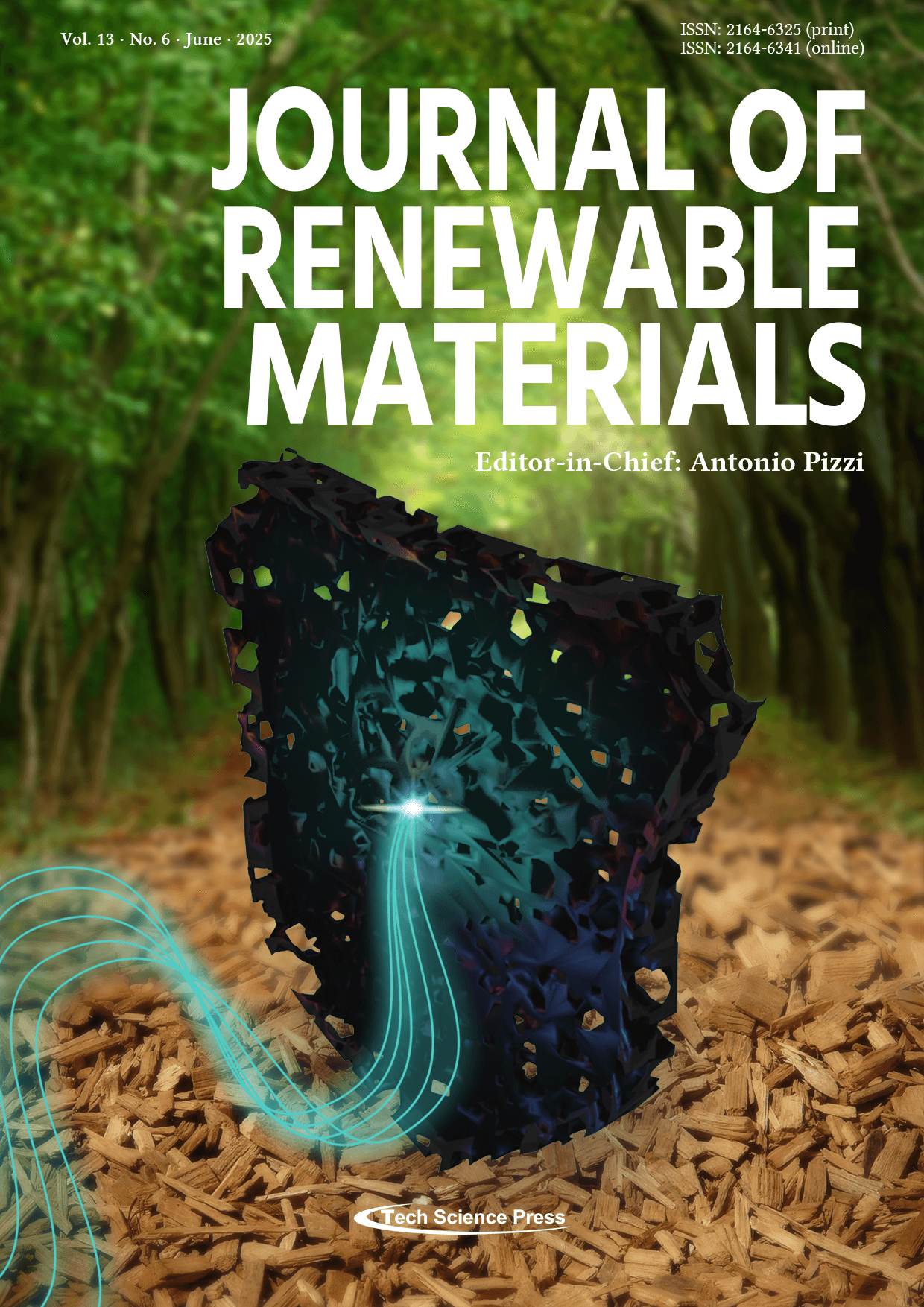Bio-Composite Films from Carrageenan/Starch Reinforced with Nanocellulose for Active Edible Food Packaging: Development and Optimization
Mariia Dmitrenko1, Daniel Pasquini2,*, Marcela Piassi Bernardo2, João Marcelo de Lima Alves2, Anna Kuzminova1, Ilnur Dzhakashov1, Andrey Terentyev3, Alexander Dyachkov3, K. S. Joshy4, Maya Jacob John5, Sabu Thomas4, Anastasia Penkova1,*
Journal of Renewable Materials, Vol.13, No.6, pp. 1139-1168, 2025, DOI:10.32604/jrm.2025.02024-0023
- 23 June 2025
Abstract Petrochemical plastics are widely used for food protection and preservation; however, they exhibit poor biodegradability, resisting natural degradation through physical, chemical, or enzymatic processes. As a sustainable alternative to conventional plastic packaging, edible films offer effective barriers against moisture, gases, and microbial contamination while being biodegradable, biocompatible, and environmentally friendly. In this study, novel active food packaging materials (in film form) were developed by incorporating starch, carrageenan, nanocellulose (NC), Aloe vera, and hibiscus flower extract. The effects of varying the matrix composition (26.5–73.5 wt.% starch/carrageenan), NC concentration (2.77–17.07 wt.%), and particle type (fibers or crystals) on… More >
Graphic Abstract
